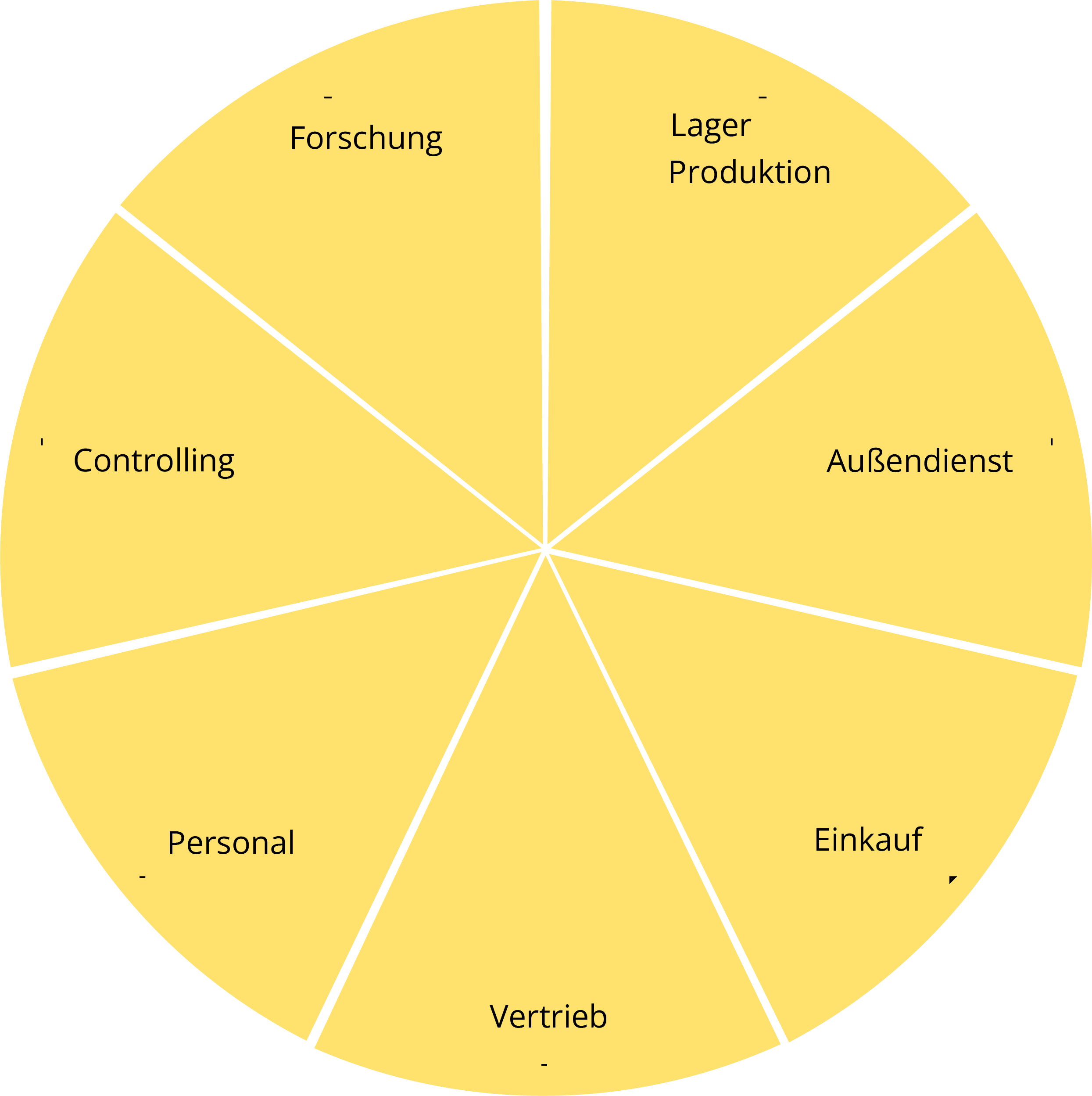Enterprise Resource Planning System (ERP)
A small step in digitalisation, a big step in the planning of needs!
An Enterprise Resource Planning (ERP) system is used to support all business processes in an enterprise across functions. It consists of modules for procurement/materials, production, distribution, R & D, human resources, financial and accounting, controlling, etc. The modules are interconnected through a common data base, thus supporting planning across all business levels.
State of play
Questions about Enterprise Resource Planning
What do I need for ERP?
These are material costs; and to be added Software licence fees.
Basically, the company needs a Internet connection.
Who can ERP?
There are two solutions from ERP.
On-Premise-ERP:
Licences are granted to certain persons and the software is permanently installed on a computer.
The computing power runs through the own or rented servers.
Who canN, iSt highly dependent by, whe holds a licence and the software.
Cloud ERP:
A stable internet connection with a good web browser (e.g. Firefox, Chrome, Microsoft Edge)
cloud-based applications can be accessed from anywhere.
Here anyone can use the system that gets access.
What can ERP do?
Modules can be used to broaden the possibilities. The basic functions refer to a company’s resources, as the name conveys.
— Consumables
— Capital
— Working processes
—Staff
— Resources
These elements are planned, controlled and controlled in the ERP system.
Possible use scenarios

Gradual introduction
Step 1: Supplier Selection
In which area will the ERP system be used?
What parameters should be recorded and monitored?
How many people should have access?
Step 2: Process overview
Create a small team of experts from different areas and positions.
They should include all processes to be adopted.
Step 3: Testing environment
Try the processes, from step two.
Formulate good and bad aspects.
Step four: Customisation
Make small software updates with the standardised Processes and collect master data that are needed. Clean the master data and keep them in the system.
Communicate the status of the project. Keep your colleagues informed.
Step 6: Documentation & Training
Use tips to highlight the best aspects of the software.
Teach your staff and make sure that this is done on a continuous basis.
Step 6: Real system
The professionals from the ERP project will become the contact persons for software application problems.
Step 7: Updates
Add further processes with software iterations.
It is only with regular use that the strengths of the software are detected.
and more.
Minor updates can be introduced in case of staff improvements.
Opportunities for SMEs
contact
Use our technology radar to keep a look at the main technologies relevant to SMEs!
